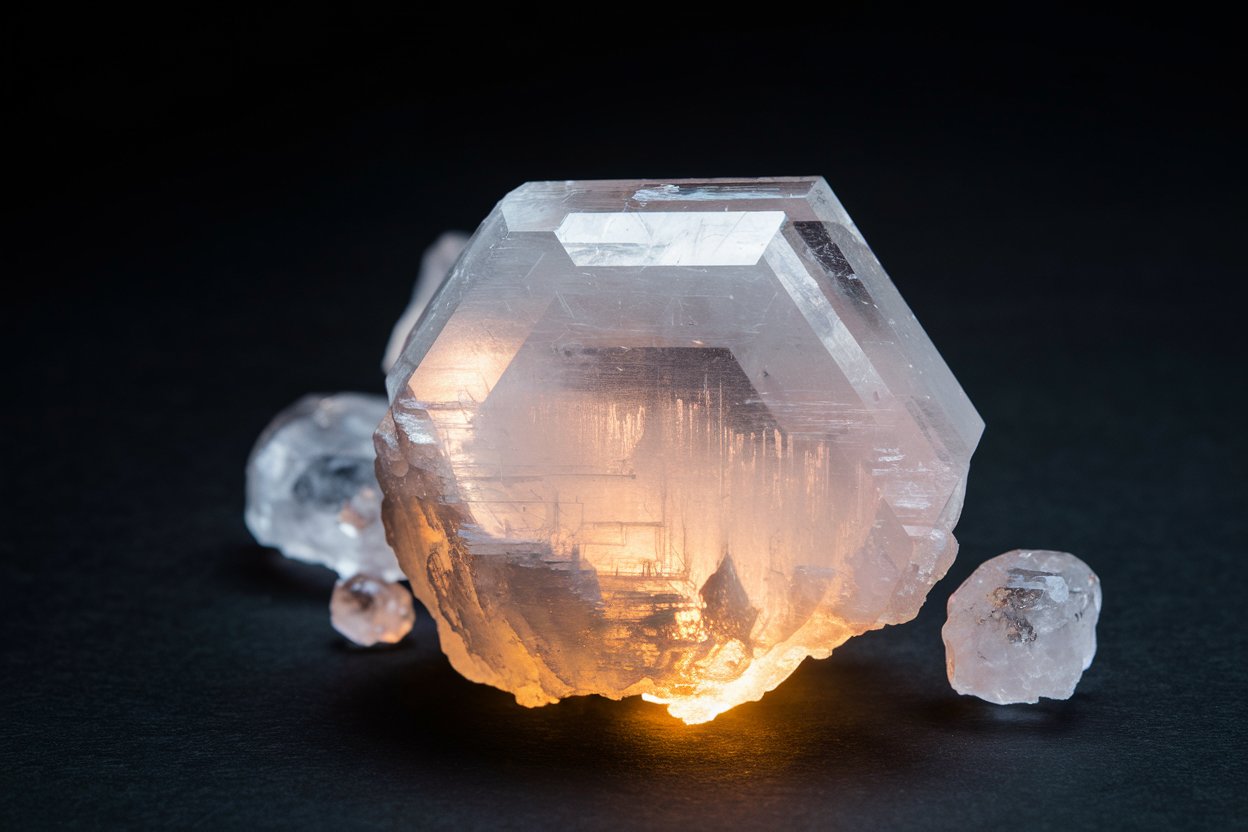
Indium(I) chloride might not be a household name, but this compound packs a punch in the world of chemistry. Ever wondered what makes it so special? Indium(I) chloride is a chemical compound with the formula InCl. It’s known for its unique properties and applications, especially in the field of electronics and materials science. This compound is often used as a reagent in organic synthesis and has a significant role in the production of semiconductors. But there's more to it than just its practical uses. From its discovery to its role in modern technology, Indium(I) chloride has a fascinating story to tell. Ready to dive into some cool facts? Let’s get started!
Key Takeaways:
- Indium(I) Chloride is a versatile compound used in catalysts, semiconductors, and flat-panel displays. It's crucial for studying indium compounds and developing new materials, but requires careful handling to avoid skin and respiratory irritation.
- Indium(I) Chloride, while not highly toxic to the environment, must be stored and disposed of properly to prevent contamination. Its unique properties make it valuable in both industrial and research applications, but caution is necessary when handling it.
What is Indium(I) Chloride?
Indium(I) Chloride, or InCl, is a chemical compound with intriguing properties and uses. It’s not as well-known as other compounds, but it plays a crucial role in various scientific fields. Let's dive into some fascinating facts about Indium(I) Chloride.
Basic Properties of Indium(I) Chloride
Understanding the fundamental characteristics of Indium(I) Chloride helps in appreciating its applications.
- Indium(I) Chloride has the chemical formula InCl.
- It appears as a white to pale yellow crystalline solid.
- The compound has a molecular weight of 150.27 g/mol.
- It is highly soluble in water, making it useful in aqueous solutions.
- Indium(I) Chloride has a melting point of 210°C (410°F).
Production and Synthesis
The creation of Indium(I) Chloride involves specific chemical processes.
- It is typically produced by reacting indium metal with hydrochloric acid.
- Another method involves the direct combination of indium and chlorine gas.
- The synthesis process must be conducted in a controlled environment to prevent contamination.
- Indium(I) Chloride can also be made by reducing indium(III) chloride with hydrogen gas.
Applications in Industry
Indium(I) Chloride finds use in various industrial applications due to its unique properties.
- It is used as a catalyst in organic synthesis.
- The compound plays a role in the production of semiconductors.
- Indium(I) Chloride is essential in the manufacture of flat-panel displays.
- It is utilized in the synthesis of indium-containing compounds for research.
- The compound helps in the reduction of other metal chlorides.
Role in Research and Development
In scientific research, Indium(I) Chloride is a valuable reagent.
- It is used in studying the properties of indium compounds.
- Researchers employ it in developing new materials with unique characteristics.
- Indium(I) Chloride aids in investigating catalytic processes.
- It is crucial in exploring new chemical reactions involving indium.
Safety and Handling
Handling Indium(I) Chloride requires caution due to its chemical nature.
- The compound should be stored in a cool, dry place.
- It must be kept away from moisture and incompatible substances.
- Protective gear, such as gloves and goggles, is necessary when handling it.
- Indium(I) Chloride can cause irritation to the skin and eyes.
- Inhalation of its dust or fumes should be avoided to prevent respiratory issues.
Environmental Impact
The environmental aspects of Indium(I) Chloride are also noteworthy.
- It is not considered highly toxic to the environment.
- Proper disposal methods must be followed to prevent contamination.
Indium(I) Chloride, with its unique properties and applications, continues to be a compound of interest in both industrial and research settings.
The Final Word on Indium(I) Chloride
Indium(I) chloride, a compound with unique properties, plays a significant role in various industries. Its chemical stability and reactivity make it valuable in organic synthesis and semiconductor manufacturing. This compound's ability to act as a catalyst in different reactions highlights its versatility. Despite its usefulness, handling indium(I) chloride requires caution due to its toxicity and potential health risks. Proper safety measures, including protective gear and adequate ventilation, are essential when working with this substance. Understanding these facts about indium(I) chloride can help you appreciate its importance and ensure safe usage. Whether you're a chemist, engineer, or simply curious, knowing these details can enhance your knowledge and application of this fascinating compound. Stay informed, stay safe, and continue exploring the wonders of chemistry.
Frequently Asked Questions
Was this page helpful?
Our commitment to delivering trustworthy and engaging content is at the heart of what we do. Each fact on our site is contributed by real users like you, bringing a wealth of diverse insights and information. To ensure the highest standards of accuracy and reliability, our dedicated editors meticulously review each submission. This process guarantees that the facts we share are not only fascinating but also credible. Trust in our commitment to quality and authenticity as you explore and learn with us.
